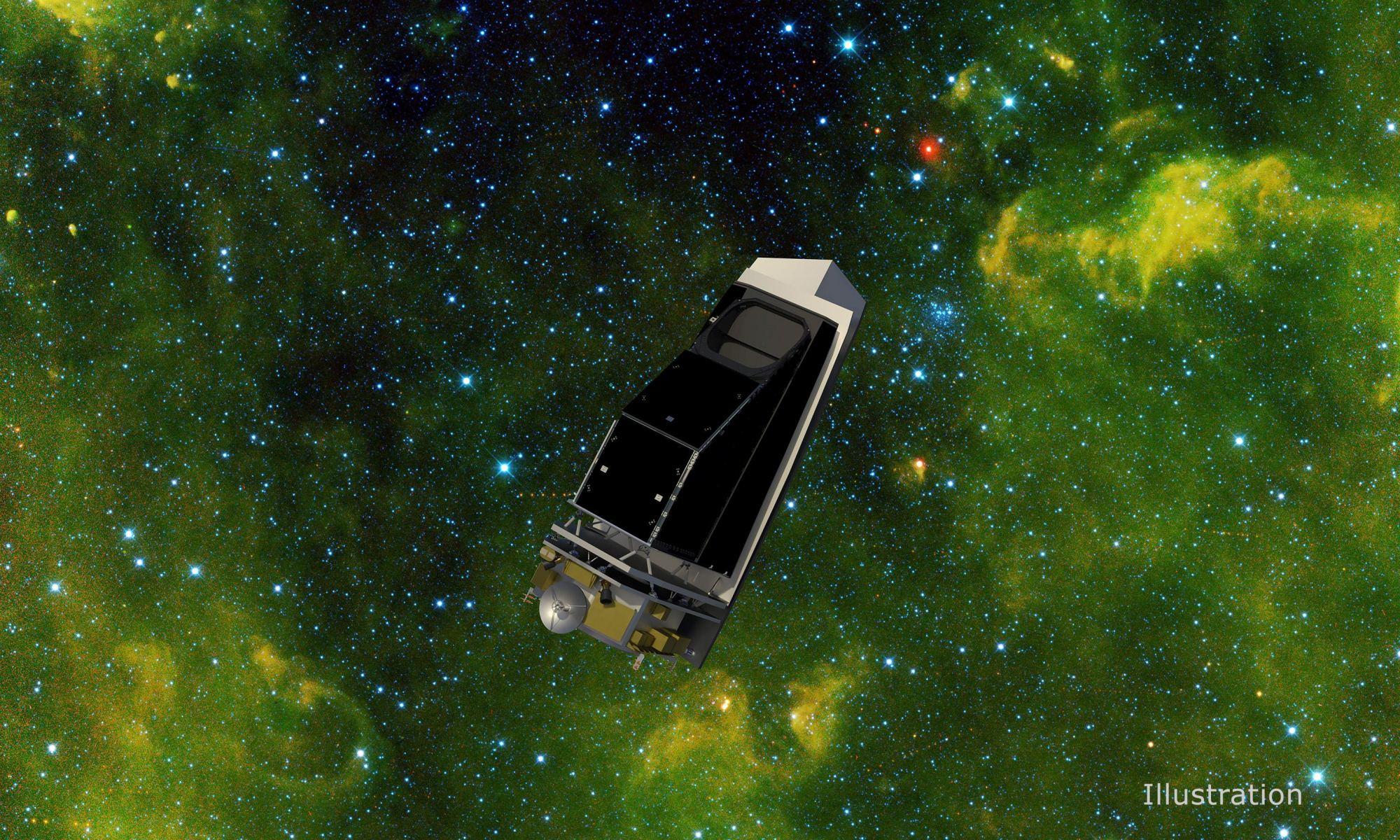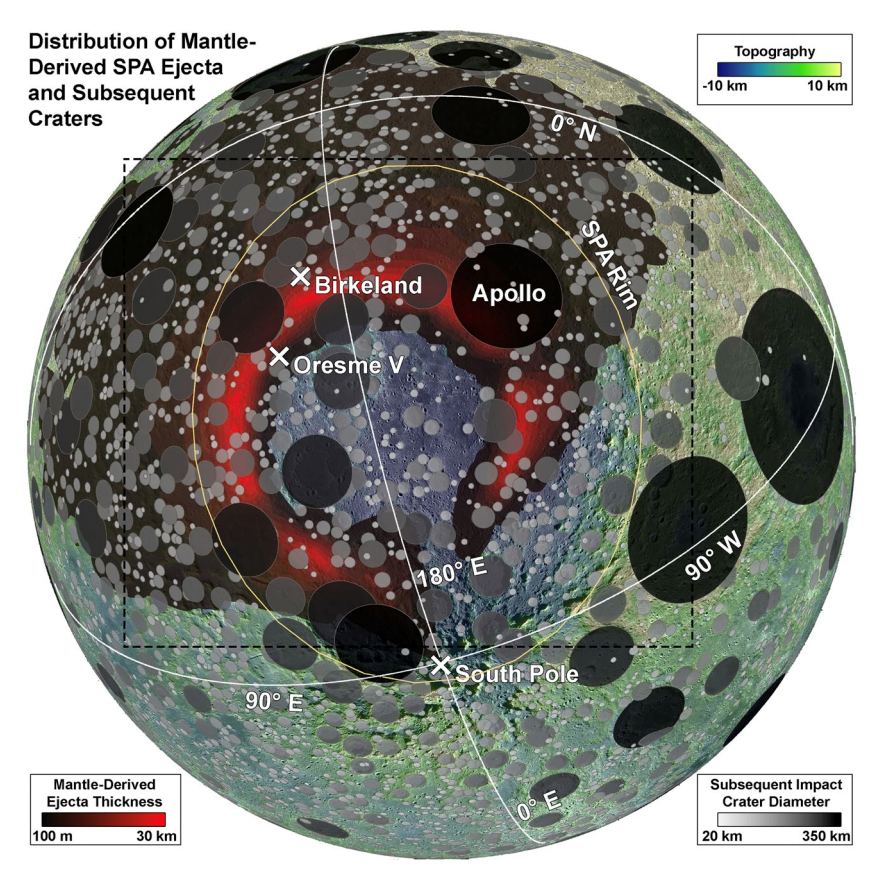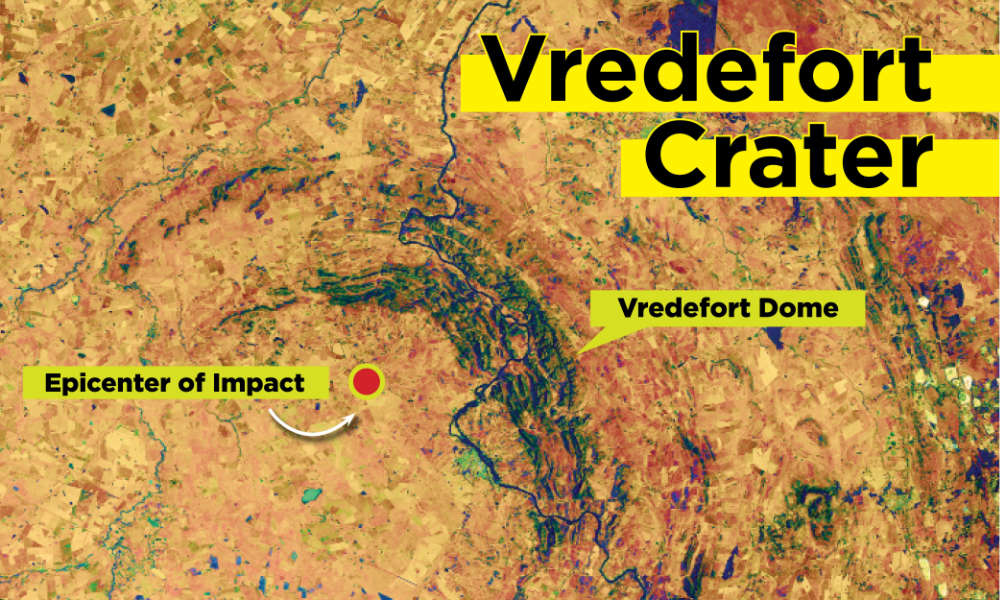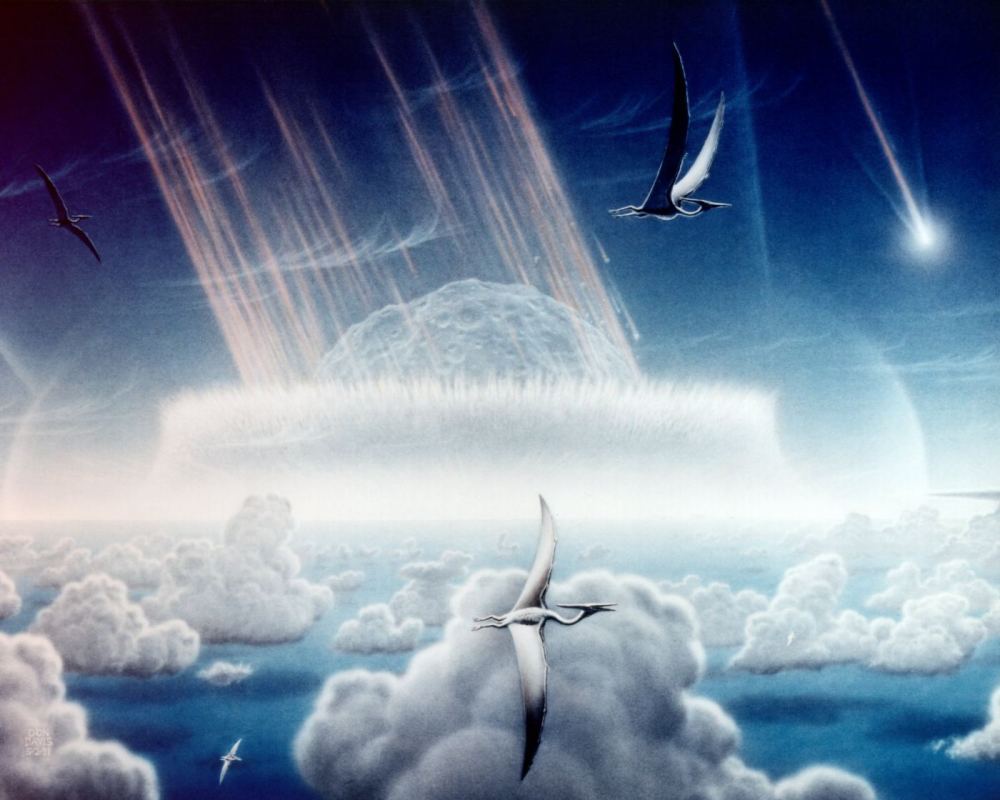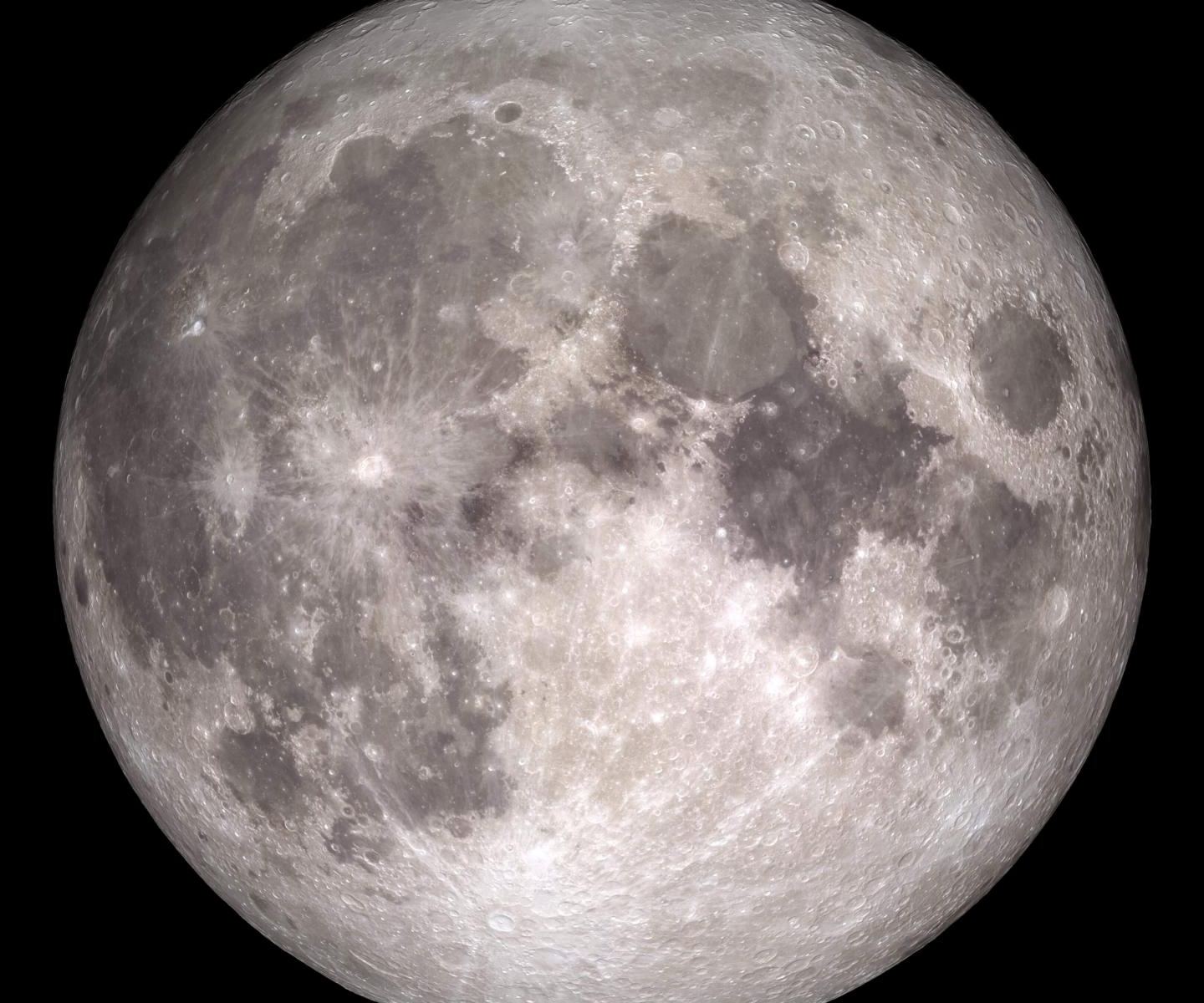The world is still reeling from the release of the James Webb Space Telescope‘s (JWST) first images. These provided a comprehensive overview of the kind of science operations that Webb will conduct over its 20-year mission. They included the most sensitive and detailed look at some iconic astronomical objects, spectra from an exoplanet atmosphere, and a deep field view of some of the most distant galaxies in the Universe. Since their release, we’ve also been treated to glimpses of objects in the Solar System captured by Webb‘s infrared instruments.
Meanwhile, the JWST collaboration released a full report titled titled “Characterization of JWST science performance from commissioning,” in which they examined everything Webb has accomplished so far and what they anticipate throughout the mission. This paper recently appeared online and covers everything from the telescope’s navigation and pointing to the performance of its many instruments. An interesting tidbit, which was not previously released, is how Webb suffered a series of micrometeoroid impacts, one of which caused “uncorrectable change” in one mirror segment.
Continue reading “You can see Where JWST Took a Direct hit From a Micrometeorite on one of its Mirrors”

